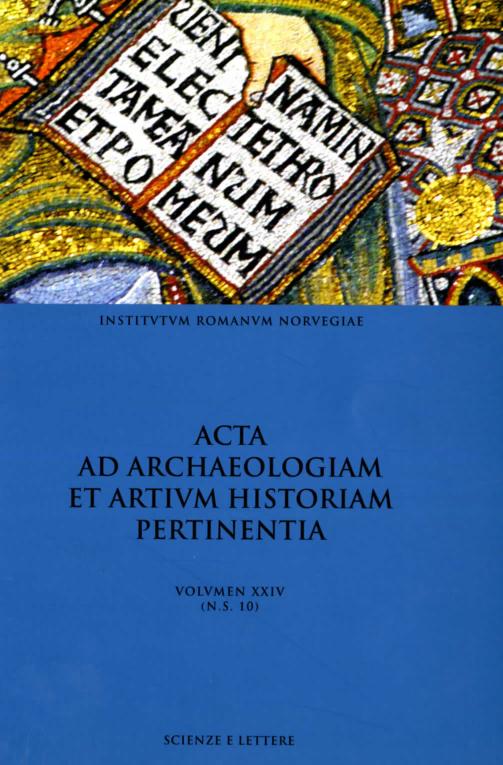Visual Splendour and Verbal Argument in Romanesque Golden Altars
DOI:
https://doi.org/10.5617/acta.5782Abstract
This paper considers Latin inscriptions found on the prominent gilded metal altars from Scandinavia (c. 1130-c. 1220), aiming to discuss the possible intentions behind them and their reception by those who may have been their readers. Being highly representative of Romanesque liturgical art, the inscriptions of the Scandinavian altars are of two categories: either short, descriptive tituli identifying depicted figures or scenes or metric verses of more sophisticated, theological content. The paper discusses both types, considering their visual appearance, verbal rhetoric, and interplay with iconography. Some conclusions are drawn that may be valid for liturgical epigraphy in general. Then follows a discussion of the inscriptions of one specific altar, the spectacular frontal from Stadil Church in Denmark. Related to inscriptions on light and splendor in Rome, Saint-Denis and elsewhere, the Stadil inscription also comments on the act of reading and beholding, giving the images the pride of place above the written world. The interpretation suggested in this paper contributes to the discussion of word/image-relations in medieval religious thinking.How to Cite
Aavitsland, K. B. (2017) “Visual Splendour and Verbal Argument in Romanesque Golden Altars”, Acta ad archaeologiam et artium historiam pertinentia, 24(10 N.S.), pp. 205–225. doi: 10.5617/acta.5782.
Issue
Section
Articles
License

This work is licensed under a Creative Commons Attribution-NonCommercial 4.0 International License.
Authors who publish with this journal agree to the following terms:
- Authors retain copyright and grant the journal right of first publication with the work simultaneously licensed under a Creative Commons Attribution License that allows others to share the work with an acknowledgment of the work's authorship and initial publication in this journal.
- Authors are able to enter into separate, additional contractual arrangements for the non-exclusive distribution of the journal's published version of the work (e.g., post it to an institutional repository or publish it in a book), with an acknowledgement of its initial publication in this journal.
- Authors are permitted and encouraged to post their work online (e.g., in institutional repositories or on their website) prior to and during the submission process, as it can lead to productive exchanges, as well as earlier and greater citation of published work (See The Effect of Open Access).





